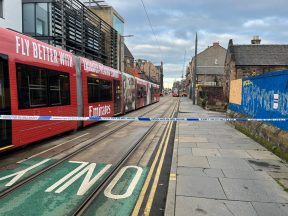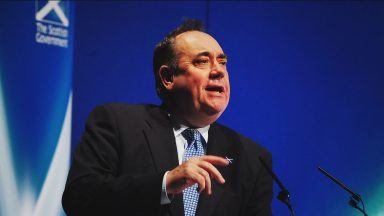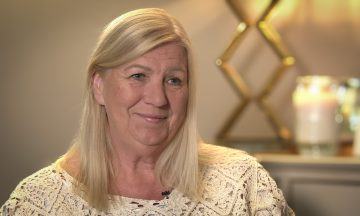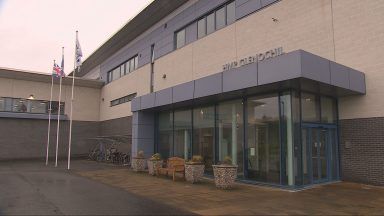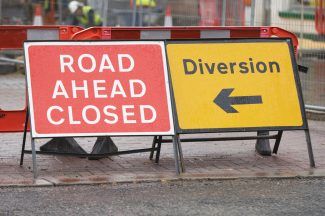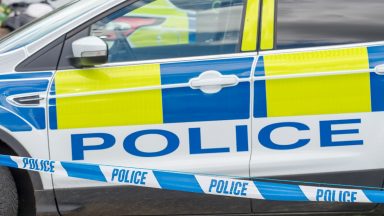A key green vehicle target report reveals the difficulties South Ayrshire Council is facing as it bids to make its fleet of vehicles greener and less polluting, as officials admitted they wouldn’t hit a key target.
Since the adoption of its fleet strategy in 2021, like all local authorities, SAC has been working towards ultra-low emission vehicles (ULEV) to meet Scottish Government targets.
One of the targets was to convert all small vehicles to ULEV standard by 2025.
But officials have admitted this is not going to happen, despite small vehicles being those best suited to transition from fossil fuels.
The landscape is more complex, the larger the vehicle. Heavy Goods Vehicles are the most difficult to find a solution to, officials say.
A total of 141 new vehicles have been procured since last year, including electric vans and cars, hybrid models, and newer diesel vehicles that meet stricter Euro 6 emissions standards.
However, one of the major sticking points is the cost and resources needed to provide infrastructure for EV vehicles, with officials citing bottlenecks and high costs.
The report pointed out that the 72 charging points across South Ayrshire were installed through government funding, money that has now dried up.
The installation costs of EV chargers are significant, particularly rapid chargers, which are vital for work vehicles travelling throughout the day.
While electric vehicles work well for short-range, light-duty operations, many council services—especially social care, waste collection, and grounds maintenance—still rely heavily on diesel due to mileage demands, shift patterns, and remote working models.
Installing a single rapid charger can cost up to £55,000, while there are also issues around power supply limitations from the national grid.
The cost of larger vehicles is also significant.
An electric bin lorry can cost £450,000—almost double its diesel counterpart.
Despite that cost, the EV vehicle would not have enough capacity to complete a double shift.
The cost of Hydrogen alternatives is even higher, at around £850k each. The report also states that there is no local fuelling infrastructure.
Instead, the Council is exploring Hydrogenated Vegetable Oil (HVO) as a “drop-in” solution for existing diesel engines, offering up to 90 per cent emissions reductions.
However, it is still around 30% more expensive than diesel.
The report does state that the Council has made some progress. Electric vehicle uptake accounts for 23 per cent of the fleet so far.
Fleet teams are also working closely with departments to reduce overall vehicle numbers, increase efficiency, and replace ageing hires with greener options where possible.
The report admits that, without significant additional investment, the full transformation to a clean, modern fleet remains out of reach in the short term.
The Services and Partnerships Performance Panel will consider the report on Wednesday May 21.
Follow STV News on WhatsApp
Scan the QR code on your mobile device for all the latest news from around the country


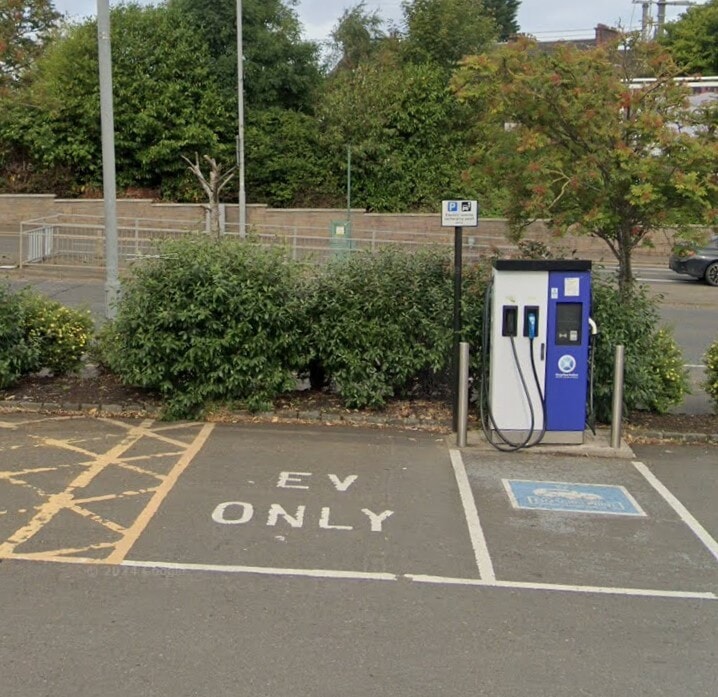 LDRS
LDRS







